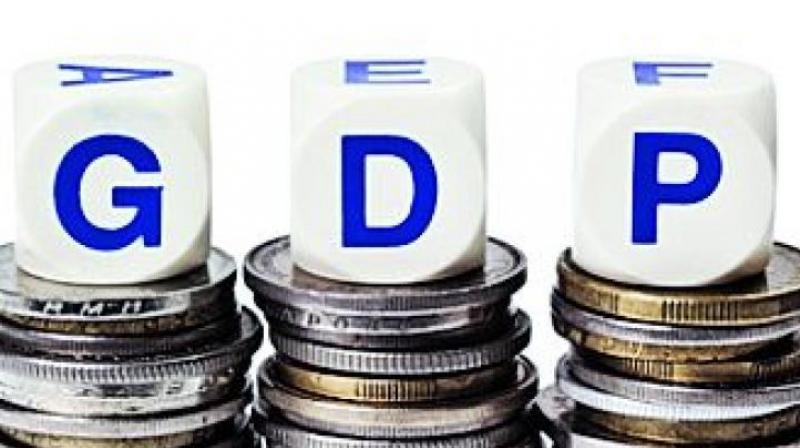Economy is Modi 2.0’s first and biggest test
The new Modi govt faces immediate challenges of gargantuan proportions in the form of a slowing GDP growth, rising unemployment and farm distress

The new Modi government faces immediate challenges of gargantuan proportions in the form of a slowing GDP growth, rising unemployment and farm distress. The GDP growth has slowed the most in the last five years. Considering the favourable conditions of lower oil prices that ruled soon after the BJP came to power in 2014 and a world economic recovery from the subprime crisis low of 2008, the last quarter growth (January to March 2019) of 5.8 per cent is far lower in real terms than the low of 5.3 at the end of the last quarter of UPA-II in 2014, which when measured by the new new methodology of calculating GDP figures would be about 7.3 per cent. The GDP growth has been the slowest in the last 20 quarters indicating several urgent measures would be needed to relaunch now. To say the least, the new finance minister's task has her task cut out for her.
The latest data on joblessness — now hovering around six per cent which is a distressing high of the last 45 years — may have been kept waiting for official endorsement lest the bad news affect the poll prospects of the ruling party. The abysmally low growth rate of the corporate sector in NDA-I leading to negative job creation plus a drop in capital formation in the face of falling exports at a time of a reasonable three per cent plus global economic growth means the problems are huge for India. The crisis in the non-banking financial sector caused by the virtual collapse of IL&FS has meant that credit has dried up for the medium and small enterprises segment as well as the unorganised sector, which again means shrinking of jobs along with a dip in the self-employment economy.
Irrespective of what the politicians may say on the subject, demonetisation and high GST rates had dragged the economy down to this low and economic expertise is needed even more than the cash support to 15 crore farmers. It is not to be forgotten that an average agricultural growth rate of 2.51 per cent from 2014 to 2017 represents a significant dip compared to the average of 3.17 per cent growth in the previous decade from 2004 to 2014. There are also fundamental issues to be addressed on how farmers can sell their produce for better realisation than the existing state controlled mechanism of procurement. As luck would have it, the rainfall average has not been bad in the last five years, which means the faults lie more in the farm to market processes. A silver lining may be the government's slick handling of the fiscal deficit but the purse strings may have to be loosened if the economy is to be revived to rise to such levels as to show improvement in job creation and agricultural growth besides a rise in general consumption.

